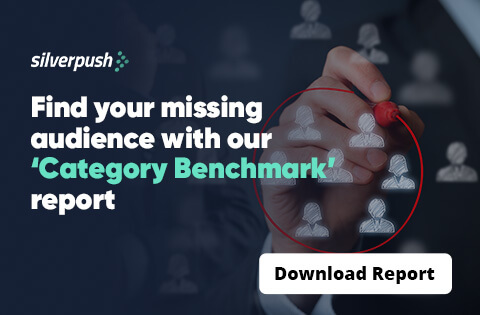What does life after Third-party cookies look like?
PUBLISH DATE: 12 October 2022
Despite knowing the fact about the eventual deprecation of third-party cookies for over two years, some marketers do not have a strategy in place. Indeed, Google pushed back its ban from 2023 to 2024, however, it’s unlikely that it will be delayed again.
When Internet Explorer 2 was released in October 1995, it was the first ever browser to support cookie technology. In the intervening 26 years, third-party cookies dominated the billion-dollar advertising and marketing industry. Cookie-based advertising technology enabled marketers with personally-targeted ads that could track consumers across multiple websites and online destinations in the form of retargeting.
However, consumer privacy concerns have led to safety legislation in countries across the globe, resulting in this tool being specifically targeted by privacy legislators, and phasing out third-party cookies. Apple’s Safari and Mozilla’s Firefox, have already blocked third-party cookies and Google has committed to banning them by 2024.
Marketers who relied on third-party cookies are in a tricky position and will remain to be if they don’t put a strategy in place.
So, the question is what should be the plan to adapt advertising in the coming months that doesn’t include third-party cookies?
Anticipation of financial impact: Third-party cookies are integral to many advertisers and marketers. Some of the large advertisers are anticipated to be hit the hardest, with third-party cookies peaking at 56% in comparison to smaller companies. This is especially true for retail, beauty and financial services as 52% of retailers said they were completely reliant on third-party cookies. 46% of beauty companies; and 43% of companies in financial services also made the same statement.
Increased reliance on social networks: There is no question that advertisers who have built the biggest warehouses of first-party data are seeking to reap the biggest benefit from third-party cookie deprecation. According to a recent survey by Adweek and Lytics, 62% of marketing decision-makers reported that they would increase spending on the largest platforms, namely: Amazon, Facebook, Instagram, and Google. With more and more people spending time online on social media and the Internet, in general, has made it easy for marketers to find their audience and can use granular, targeted advertising technologies to reach their target audience at the right moment when they are most likely to engage.
Focus on owned website data: With the demise of third-party cookies, first-party data will become more valuable, as confirmed by 90% of marketers and advertisers. Unlike third-party cookies, first-party records a user’s preferences and behavior on a market or brand’s website. However, leveraging first-party data comes with its complexities and challenges.
It’s been two years now since Google announced the end of third-party cookies, it’s remarkable to note that many still do not have a strategy to deal with when the third-party cookies are blocked. Silverpush’s advanced AI technology solutions allow brand and advertisers to not only reach their target audience in the right context at the right moment but also respect users’ privacy. Thus, it offers granular contextual targeting without using third-party cookies.
Questions? Reach us out here.







